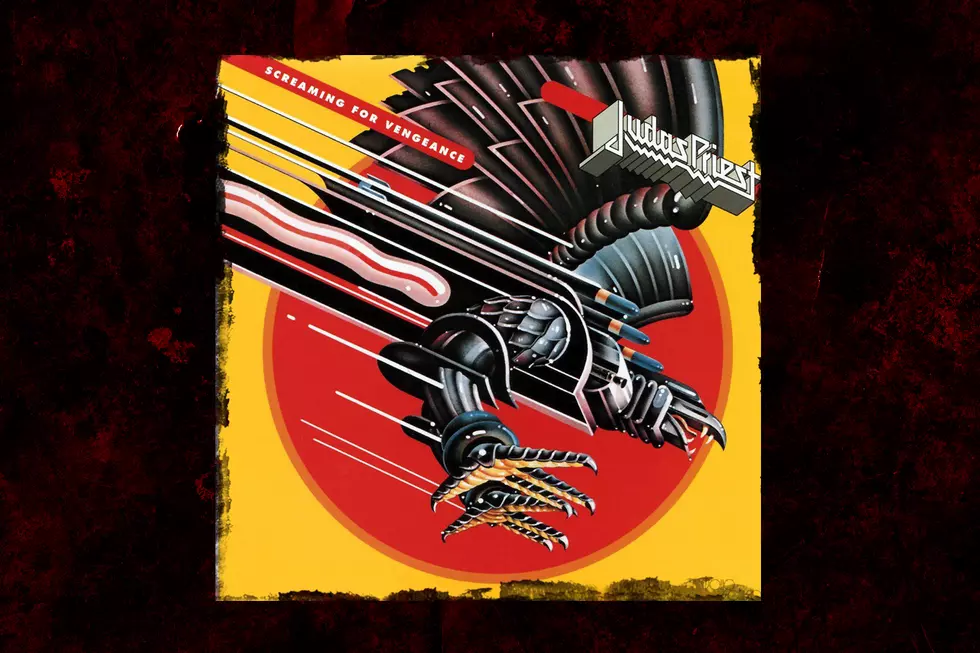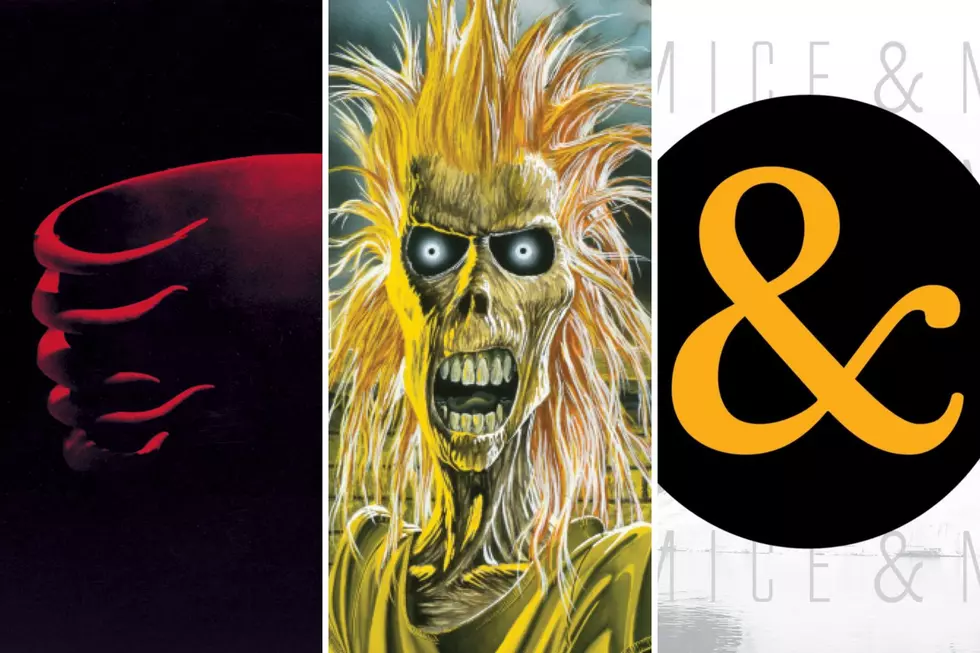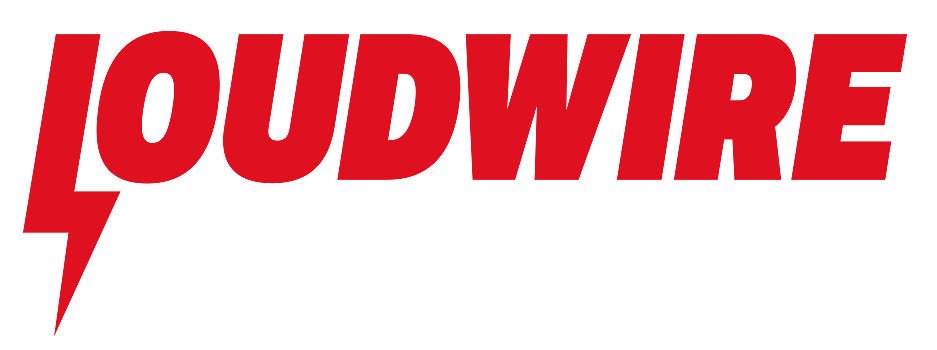
41 Years Ago: Judas Priest Release ‘Screaming for Vengeance’
They were already metal titans across the world, yet Judas Priest didn’t become popular with the American mainstream until after they released their eighth studio album Screaming for Vengeance on July 17, 1982. The album followed the sonically lightweight and experimental Point of Entry (1981) and marked a return to the distorted guitar crunch, dense, crashing beats and melodic vocals of 1980’s British Steel.
What’s more surprising than the idea that the Metal Gods were basically a cult band in the States before Screaming for Vengeance is the fact that Priest were able to craft such a powerful, coherent album. At the time, the band members were partying heavily and when they flew to Ibiza Sound Studios in Spain in January 1982 to work with producer Tom Allom, they were off their heads every day.
“There was a little studio there and we’d be f--king pissed out of our minds, falling all over the place,” vocalist Rob Halford told me in 2010. “It’s amazing we got our heads together enough to make the record. We destroyed cars and crashed motorcycles. We thought we were invincible.”
Five months after they entered the studio, the triumphant band emerged with one of the finest, most incisive metal albums of all time. Screaming for Vengeance isn’t a party album, it’s a statement of defiance, a testament of strength and a warning to those who don’t understand to stay the f--k away. Unlike British Steel, which was assembled and recorded in a month, Screaming was a more work-intensive project. Priest spent time going over the songs and making sure the album was diverse, yet cohesive.
“That wasn’t one we wrote quickly,” Glenn Tipton told me. “We took our time on that one and put in lots of hours to make sure we had the songs the way we wanted them. And in the end I think we got it right. It just has a great attitude and it definitely was a landmark album for Priest.”
Judas Priest, "You've Got Another Thing Coming"
When they presented the album to Columbia Records, Judas Priest figured the title track or “Electric Eye” would be the most popular songs on the record, which is why they’re the first tracks on each side of the LP. They never imagined that the anthemic “You’ve Got Another Thing Comin’” would be the song that would turn them into rock stars in America and propel the album to sales of over 2 million.
“Honestly, we didn’t even dream that the song would be the one that would make the record such a huge success,” Halford said. “We all liked it, but it seemed a bit simple and maybe not heavy enough. We finished it late in the session and just sort of decided to tack in on there. We were looking at the album as a whole and maybe we didn’t have the perspective to see that was the standout track. But the label heard it and right away they said that they were going to make it the single and they thought it would do really well. We just shrugged, but obviously they saw something in it that we didn’t.”
“Every time we turned around it seemed to be on the radio,” guitarist Glenn Tipton said. “It was a really big track for us that really put us on the map in the States. I’m not sure anything else on that record could have done that. It was just the sound that people want to hear. And it’s still a song we play every night.”
Judas Priest, "Electric Eye"
Much of Screaming for Vengeance is mid-paced and unrelenting. Songs like “Fever,” “Devil’s Child” and “Pain and Pleasure” are filled with the band’s trademark mix of dual-guitar attack and vibrato-filled exhortations. Guitarists Tipton and K.K. Downing are in top form throughout whether trading off passages during lead breaks or playing infectious harmonies. And the less traditional songs like “Bloodstone” and “Take These Chains” (by Bob Halligan, Jr.) offer a subtle diversion from the rest of the crashing and pounding on the album.
Judas Priest had such great success with Screaming for Vengeance that they used it as a template for the structure of their follow-up album, 1984’s Defenders of the Faith, which was another metal classic created in a golden era.
“Those were crazy, but great times,” Tipton recalls. “I really look back at those years as the obligatory years of metal. Everyone was either a rock star or a wannabe rock star or looked like a rock star. So everybody had the same platform to work with.”
Loudwire contributor Jon Wiederhorn is the author of Raising Hell: Backstage Tales From the Lives of Metal Legends, co-author of Louder Than Hell: The Definitive Oral History of Metal, as well as the co-author of Scott Ian’s autobiography, I’m the Man: The Story of That Guy From Anthrax, and Al Jourgensen’s autobiography, Ministry: The Lost Gospels According to Al Jourgensen and the Agnostic Front book My Riot! Grit, Guts and Glory.
Judas Priest Albums Ranked
More From Loudwire









